Importance of disinfection in the fresh produce washing industry
Globally, foodborne illnesses kill 420,000 people per year – and cause 600 million people to fall ill, according to statistics from the World Health Organisation. Foodborne illnesses are caused by pathogens on the food. These include bacteria such as E. coli, Salmonella, Shigella, and Listeria, parasites such as Cryptosporidium and Giardia, and viruses such as norovirus and hepatitis A.1
Fruits and vegetables require effective washing processes to remove organic matter, insects, microbes, and pesticides or fertilizers from the surface of the food. As these foods are generally eaten raw, the efficiency of the disinfection process is of paramount importance. In the US, the majority of outbreaks of gastroenteritis have been caused by salad products according to the CDC. An outbreak is defined as multiple reports of hospitalization and/or death caused by foodborne pathogens which can be traced back to a definitive source.
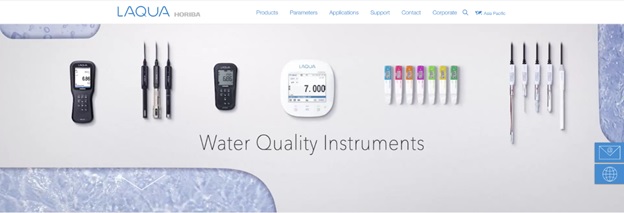
Fruit and vegetable surfaces are a perfect surface for pathogenic (disease-causing) and non-pathogenic microorganisms. The microorganisms will form strong attachments with the produce surfaces and may also form biofilms.2 In these cases, the microorganisms are more difficult to remove, as they may resist some disinfectant free washing processes. The types of microorganisms on the surface of produce will depend on many factors, such as the type of produce, the soil in which the produce it is grown in, the country or produce origin.
One of the most effective ways of killing pathogens is to use heat. In the bottle washing industry for example, hot water is used to aid disinfection of the bottles. Microbiological organisms cannot survive heat, and the majority will die and no longer pose a health threat when subjected to heat of 60 °C or above for 60 s. However, in the case of fresh produce, using heat is not an option as this will result in either cooking or spoilage of the food. Instead a chemical disinfection process must be used. Across the industry, multiple disinfectants are used including chlorine-based disinfectants and peroxyacetic acid (PAA).

It must be made clear that the purpose of the disinfectant in the wash water is not chiefly to clean the produce surfaces and kill microorganisms on the produce surfaces but is more to prevent cross contamination from the water onto produce surfaces. Essentially the disinfectant cleans the water more than the produce. The disinfectant dose is tuned to ensure that the wash water remains clean (rather than to clean the produce), because this dose is significantly higher.
Although the mechanical action of washing the produce removes the majority of microorganisms from the produce surface, further bacterial reduction can be achieved when the wash water contains disinfectant. This can represent extra days of shelf life.
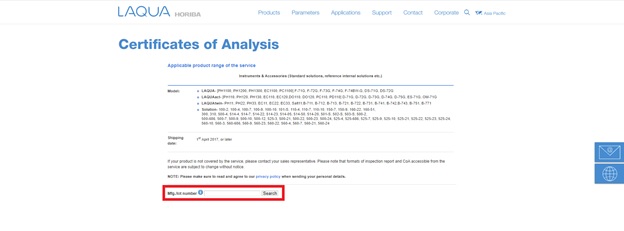
Recirculation of wash water
In fresh produce washing plants, the type of produce and how dirty it is expected to be will determine the process used to disinfect the produce. For example, in some cases, the wash water is changed daily, sometimes the water changed week or monthly, and in some cases the wash water is recirculated until the end of the season.
The length of time between wash water changes will significantly affect the organic content of the wash water. This in turn will have a significant effect on the concentration of disinfectant active in the wash water. Recirculated water will also quickly become heavily contaminated with microorganisms unless effective disinfection is being used.
Method of action of disinfectants in fresh produce washing
Microorganisms are living things and consist of a cell membrane (like a bag) that contains all the DNA and components that keep the microorganism alive. If you can penetrate or destroy this membrane, you can kill the microorganism and so prevent it from being able to cause harm to the end consumer.
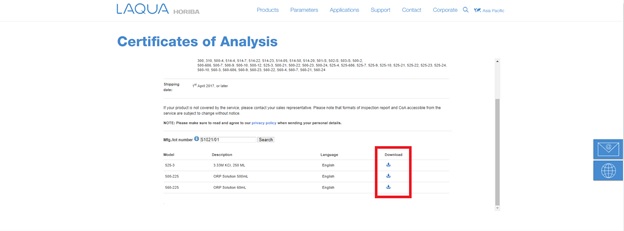
Disinfectant Types
Chlorine
Chlorine works by disrupting the cell membrane of the bacteria. Chlorine based disinfectants are cheap and readily available and easy to use.
Chlorine, when dissolved in water, can exist as multiple different species. These can be put into two categories; free and combined chlorine. When there are nitrogen and carbon containing molecules such as soils and oils present in the water, these will react with the free chlorine and produce combined chlorines. Free chlorine is a more effective sanitizer than combined chlorines, so the dirtier the water, the more chlorine will be required to keep the microorganism content of the water low.
The efficacy of chlorine disinfection is affected by any surfactants (cleaning agents) in the water as well as the overall pH. Chlorine will exist as the most effective antimicrobial agent (HOCl) under slightly acidic conditions (pH 6.0–6.5), so often the wash water will have an acid added to it to lower the pH.
Chlorine-based disinfectants in produce wash water will result in disinfection by products (DBPs) when the chlorine reacts with the dirt in the wash water. Generally, these DBPs are ineffective sanitizers, and some are also damaging to human health in high concentrations, so should be monitored.
PAA
PAA is effective against a wider range of microorganisms, including spores, moulds, yeasts and viruses. PAA also works by disrupting the cell membrane of the bacteria and killing the microorganism. PAA is much more effective by weight than chlorine-based disinfectants but is more expensive to produce. PAA breaks down to environmentally safe products; acetic acid and water, meaning that unlike chlorine there are no DBPs.
Regulations for Fresh Produce Washing
There are no overarching global regulations for the fresh produce washing industry, it is a broad industry, and each produce type must have a different wash process. In this respect, it is important to approach each application with care as the required disinfectant levels and potential interferences with the disinfection process may be different for each case.
Globally, fresh produce washing processes must result in produce being sold that do not cause harm to the consumer. However, there are no recommended levels of disinfectant required in the wash water due to the influence of wash system design, organic loading, pesticide, biofilm production, and water recirculation. Instead food safety professionals in the fresh produce washing sector will need to make risk management decisions on their own systems.
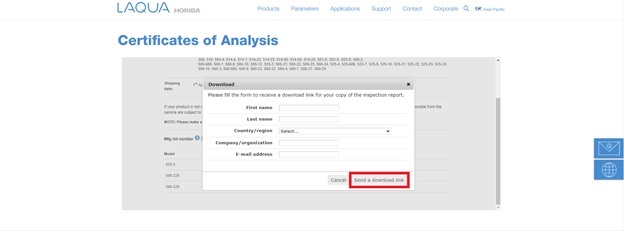
Figure 1: Some example chlorine concentration used for different wash systems and produce. As previously stated, each system is different, and these are simply some examples.3
Palintest Solution
Palintest recommends using Kemio and single use electrochemical sensors to measure sanitizer concentration in produce wash waters.
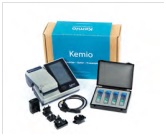 |
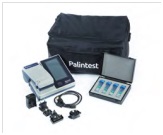 |
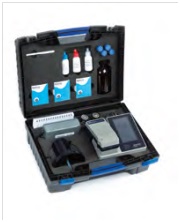 |
|
Benchtop kit Instrument, check standards, USB cable, international power adapter, quick start instructions in a recycleable cardboard container for benchtop applications. Part Code: KEMR10DIS |
Soft case Instrument, protective case, check standards, USB cable, international power adapter, quick start instructions in soft case for transporting Kemio and consumables. Part Code: KEMS10DIS |
Chlorite accessory kit
Instrument, check standards, USB cable, international |
(1) NIDDK, Foodborne Illnesses, https://www.niddk.nih.gov/health-information/digestive-diseases/foodborne-illnesses, (accessed 10-01-19)
(2) Holchem, Salad Washing, https://www.holchem.co.uk/divisions/food-processing/techniques/salad-washing/, (accessed 09-01-19)
(3) Trevor Suslow, Postharvest Chlorination: Basic Properties and Key Points for Effective Disinfection, Publication 8003, http://ucfoodsafety.ucdavis.edu/files/26414.pdf, (accessed 10-01-19).